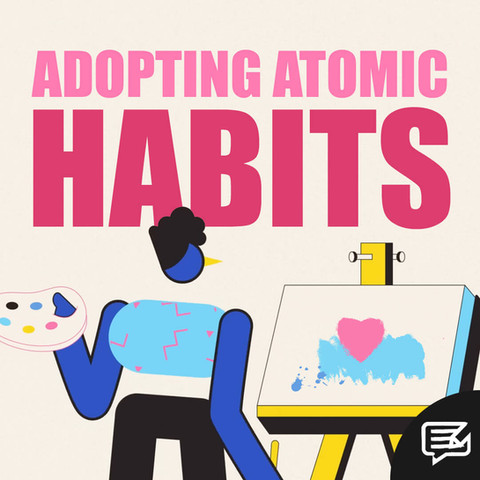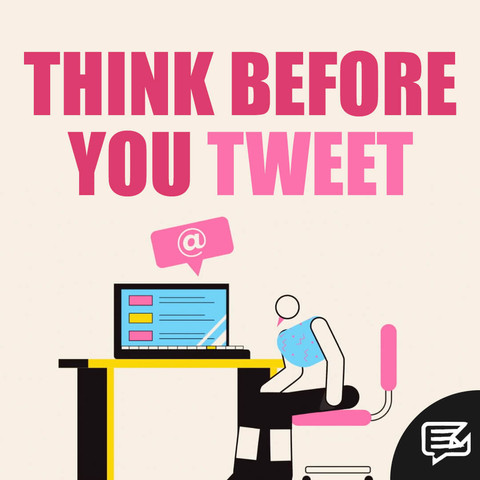
05.06.21
COULD GREEN PRESCRIPTIONS LEAVE YOU BLUE?
In November 2020, The Times published an article exposing the downsides of so-called “green prescriptions”, whereby patients are advised to participate in outdoor activities such as exercise classes, planting trees or visiting natural beauty spots.
On paper, it seems like a sensible remedy. Studies have shown that spending time in green spaces helps to reduce the risk of type 2 diabetes, premature death, stress and high blood pressure. Indeed, the issuing of “green prescriptions” in New Zealand has led to 60% of patients adopting more active lifestyles since the scheme began in 1998.



In July 2020, Environment Secretary George Eustice announced a £4 million investment in green social prescribing, aimed at improving mental health outcomes, reducing health inequalities, and reducing demand on the health and social care system.
The ongoing COVID-19 pandemic serves to highlight the importance of such a scheme, with lockdown measures taking an immeasurable toll on our collective mental health and wellbeing at a time when the NHS has been pushed to breaking point.
The two-year project will be managed by multiple partners, including: Department of Health and Social Care, Department for Environment, Food and Rural Affairs, Natural England, NHS England and NHS Improvement, Public Health England, Ministry of Housing, National Academy for Social Prescribing, communities and local government.
How then, can green prescriptions leave individuals feeling worse?
According to The Times, the issues stems from increased anxiety levels:
“A new study published in the journal Scientific Reports, from an international research team led by Exeter University, found that the benefits of nature to people with depression and anxiety applied only if they chose to visit those places themselves.
“The study is based on data from more than 18,000 people in 18 different countries. Researchers found that people with depression were already going out into nature as often as those with no mental health issues, and people with anxiety significantly more often.
“Both groups said they felt happy and experienced low anxiety during the visits. However, the more pressure from other people that they felt to get out into nature, the less motivated they were and the more anxious they felt.”
A user comment from Philip Iszatt provides greater insight into the conundrum faced by so many anxiety sufferers:
“As someone suffering from severe anxiety I have discovered that good relationships with other people is the key to managing anxiety. For example, if you feel your doctor has time for you, understands and empathises with you, is patient and non-judgemental the effect is as powerful as your medication. The same is true with family members and friends.
“As I see it at heart of [sic] good relationships are two key qualities: acceptance and freedom. The second connects to this article: if you are compelled to walk in the countryside this nullifies the benefits but if you do it freely it’s powerful. It’s amazing that government policy makers don’t understand the human heart.”
Iszatt makes a valid point. To my mind, it correlates with “enforced fun” in a work setting.
A 2016 article from The Guardian reads:
“The sad truth is that being constantly on the lookout for happiness may actually mean happiness eludes us. This point was illustrated by a study in which psychologists got two groups of people to do something that usually makes people happy – watching a film of someone winning an ice-skating competition. They then tested how happy the experience made them. Before watching the video, one group read out a statement about how important it was to be happy and have an upbeat attitude; the other group did not.
“The psychologists found that the group that didn’t read out the statement actually tended to be more happy after watching the video. This suggests that when we talk about how important happiness is, we become less likely to find it, even when we have experiences that usually make us happy.
“Wanting to be happy at work is fair enough. But being forced to be happy at work can be troubling.”
The same applies to the great outdoors – there is a huge difference between heading out on a hike of your own volition, versus doing so because you were told to. I know from experience that my greatest accomplishments have arisen from tricky tasks I CHOSE to undertake. It’s much more satisfying to exceed your own expectations than merely meet someone else’s.
That said, no one will tell you that enjoying fresh air and surrounding yourself in nature is a bad thing (with appropriate social distancing measures of course!).
A 2016 report from the World Health Organisation explains:
“The evidence shows that urban green space has health benefits, particularly for economically deprived communities, children, pregnant women and senior citizens. It is therefore essential that all populations have adequate access to green space, with particular priority placed on provision for disadvantaged communities. While details of urban green space design and management have to be sensitive to local geographical and cultural conditions, the need for green space and its value for health and well‐being is universal.”
The report concludes:
“A city of well‐connected, attractive green spaces that offer safe opportunities for urban residents for active mobility and sports as well as for stress recovery, recreation and social contact, is likely to be more resilient to extreme environmental events, such as heat waves (due to the mitigation of urban heat island effect) and extreme rainfall (due to reduced surface run‐off). Such a city is also likely to have healthier citizens, reducing demands on health services and contributing to a stronger economy.”
An article in The Conversation, penned by Anna Jorgensen and Jake M. Robinson from The University of Sheffield, also addresses the issue of social inequality:
“Green prescribing cannot be seen as a low-cost alternative to conventional treatments. To be effective it still demands investment and resources. The two year pilot is welcome, but if it is to be successful in the long-run the government must make a firm commitment to scaling-up while also addressing systemic issues such as social inequality. All this will take time, and if this holistic approach is not adopted then people in crisis with more immediate priorities will be less likely to go on that prescribed walk in the woods.”
The piece continues:
“Our own research on improving wellbeing through urban nature in Sheffield confirms that people in more deprived communities, with poorer health and shorter life expectancies, don’t have the same levels of access to high quality, well-maintained greenspaces. These are the people that arguably most need green prescriptions, but if they don’t have the basic access then those prescriptions are unlikely to be effective. What’s more, many doctors are not aware of green prescribing, nor do they have a firm understanding of the benefits or know how to get involved.
“Our research also reveals that context is critical and green prescriptions need to be rooted in their local area and closely related to the people and places who are going to use them. A wealthy white pensioner in a rural area is likely to have very different experience of and access to nature compared with a young working class person of colour in an inner city. A formulaic top-down approach is unlikely to work for both these people.”
Alongside accessibility, Jorgensen and Robinson highlight a lack of motivation and confidence in patients, as well as limited past positive experiences of nature, as other reasons why green prescriptions may pose a challenge.
One thing we can all try, however, is taking short breaks from technology. Mental wellbeing advocate Alex Pedley devised a simple solution for that very purpose: a ten-minute walk without smartphones (or at least without notifications). In a piece for the Evening Standard, Pedley introduced his “10 Minutes Matter” initiative, focusing on its positive impact on productivity:
“A study by Gaugiem, which tracked the habits of its most productive employees, found that a work-to-rest ratio of 52 minutes work followed by 17 minutes rest was ideal to improve focus and productivity. The employees that took regular breaks during the day to go for a walk, chat to work colleagues and generally just take a break from their current task were more focused and productive when they continued.
“The key was that the most productive employees focused solely on the task at hand, ignoring any distractions, including checking emails and smartphones. They used intense sprint periods of work to increase the output they were producing. This was followed by a period of complete rest, again avoiding emails or smartphones. This method of working negates cognitive boredom, often brought on by repeating the same task for long periods and allows your brain to naturally ebb and flow.
“If this wasn’t enough to ‘twist your arm’ and schedule time to walk - a study at Stanford University of around 175 people looked at how walking compared to being seated affected creativity. They found that walking produced 100 per cent more creative answers.”
Pedley concludes:
“Looking after our mental and physical wellbeing is more than just working out and eating well. We need to integrate regular practices into our day where we can reset and recharge. Taking short walks is our secret weapon, keeping us physically active and mentally sharp.”
On that note, time to silence my phone and take a stroll outdoors. Perhaps I’ll see you there.

























































